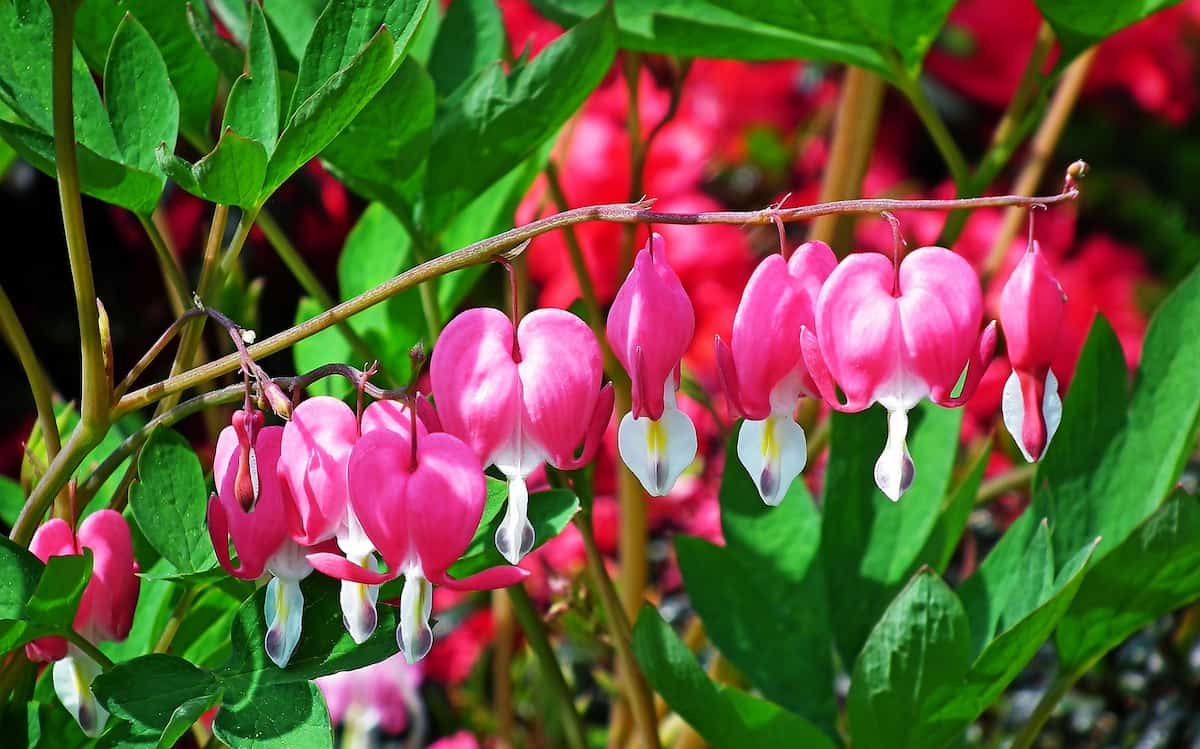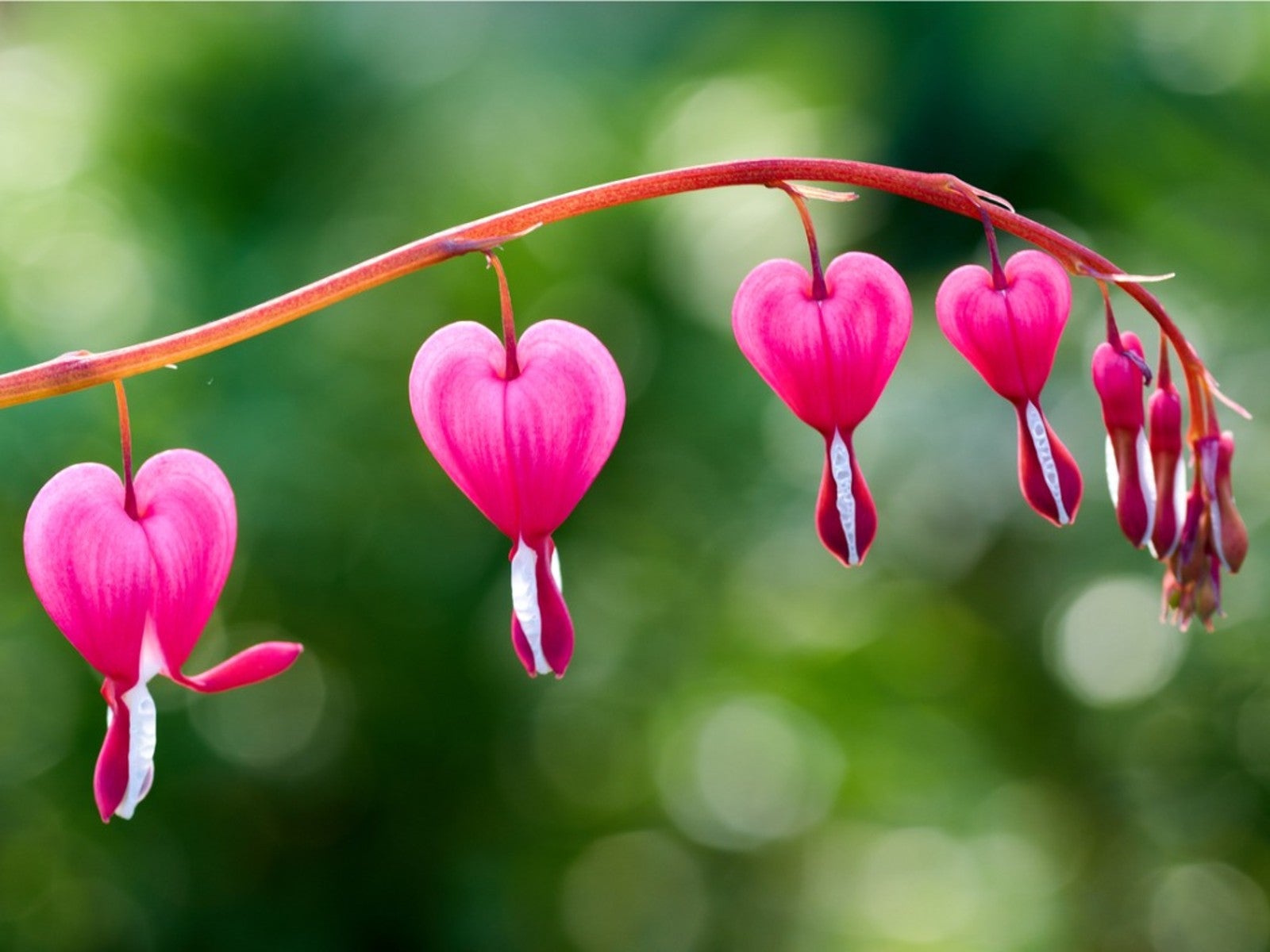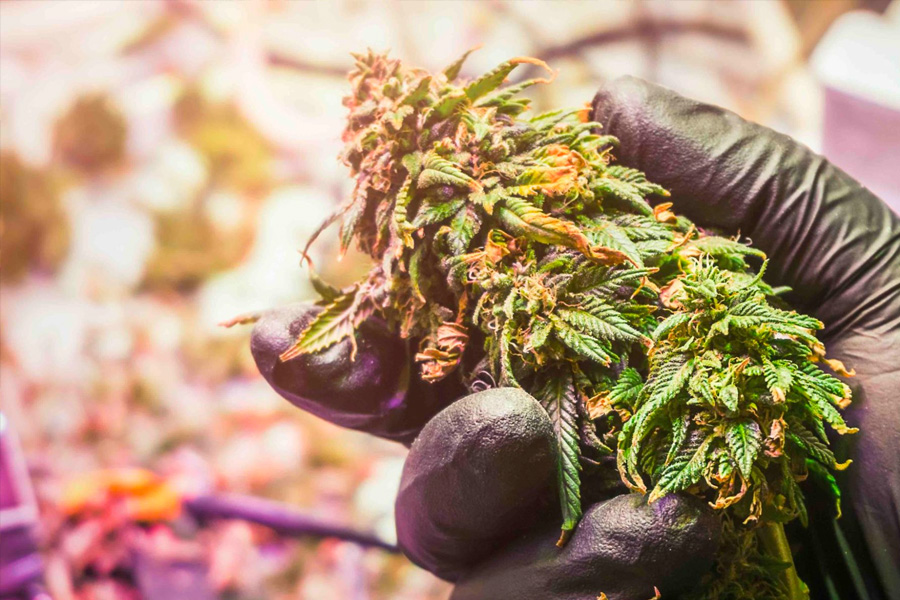The Bleeding Heart Plant: A Storybook Guide to Growing Beauty and Grace

Bleeding Heart Plants: The Definitive Guide for Shady Gardeners Who Want Lasting Beauty (and Fewer Headaches)
Bleeding hearts (Lamprocapnos spectabilis, formerly Dicentra) are the garden’s answer to poetry. I’ve been obsessed with these enigmatic perennials since a failed attempt in my first rental backyard—a cautionary tale you’ll want to avoid. This guide isn’t just a collection of tips; it’s everything I wish someone had handed me years ago: research-backed best practices, pitfalls the books rarely mention, and field-tested tricks for jaw-dropping results.

1. Bleeding Heart Plant Basics: What You Really Need to Know
Botanical Snapshot
- Scientific Name: Lamprocapnos spectabilis (classic), plus several Dicentra species
- Zones: 3–9 (with caveats—see climate hacks below)
- Life Cycle: Herbaceous perennial, dies back in summer but returns like clockwork
- Mature Size: Up to 36" tall and wide
- Flowering Window: Early spring to early summer—sometimes longer with savvy care
Pro Insight: If you crave impact in a garden that bakes under direct sun, stop here—bleeding hearts despise heat stress. Their leaves will scorch and sulk before Memorial Day.
2. Varieties That Actually Make a Difference (Not Just ‘More Pink’)
When people ask why their bleeding hearts fizzle out by June or look nothing like magazine photos, it’s usually because they picked the wrong type for their microclimate or soil.
Quick Comparison Table:
| Species/Cultivar | Best For... | Flower Color | Notable Features |
|---|---|---|---|
| Lamprocapnos spectabilis | Classic shade beds | Pink/white | Big, arching stems; short bloom window |
| Spectabilis ‘Alba’ | Woodland drama | White | Looks ghostly at dusk |
| Spectabilis ‘Gold Heart’ | Foliage contrast | Pink w/ gold leaves | Hold color into July |
| Dicentra eximia (native) | Rock gardens | Magenta/white | Heat/drought tolerant, blooms summer |
| Dicentra formosa | West Coast natives | Rose-pink | Thrives in leaner soils |
| ‘Luxuriant’ Hybrid | Longest flowering | Deep pink | Will flower on/off from May–September |
Case Study:
Back in 2019, I replaced my struggling spectabilis with eximia (‘Luxuriant’) after three consecutive July collapses during New England heatwaves. The difference? Eximia shrugged off drought, flowered through August, and returned twice as robust the next spring.
3. The Secret Sauce: Site Selection & Soil Prep
Light: Think "Filtered Forest"
The absolute worst scenario is afternoon sun on unprotected foliage—it turns delicate leaves into kale chips by mid-June. The sweet spot:
- Dappled morning sun + full shade after lunch.
- For USDA Zones 7+, plant under dense trees or north-facing walls.
Soil
If your clay soil holds puddles two hours after rain, bleeding hearts will rot faster than you can say “root crown.” Here’s what works:
- Loamy or sandy-loam amended with at least 2" compost.
- pH between 6–7 (neutral-ish).
- Mulch heavily every late winter—this mimics leaf litter from their native forests.
Toolbox Recommendation:
A $20 moisture meter paid for itself repeatedly—saved me from overwatering more times than I’d like to admit.
4. Planting DONE RIGHT (Lessons From Early Mistakes)
When?
Best timing is early spring before growth resumes, or fall when dormant. Containerized plants offer more flexibility—but avoid planting during mid-summer heat at all costs.
Step-by-Step:
- Dig Wider Than You Think: Double rootball width—roots grow outward.
- Compost Is Non-Negotiable: Mix at least a third compost into backfill.
- Crown Placement Is Crucial: Top of root crown should be level with surrounding soil—not buried!
- Water Thoroughly at Planting
- Mulch Without Smothering Stems
“My very first bleeding heart died because I planted it too deep and smothered the crown under heavy mulch—a classic rookie error.”
Growing in Containers?
Pick something at least 12” deep/wide with plenty of drainage holes; use potting mix plus worm castings for best results.
5. Watering & Feeding: Avoid These Common Fails
Bleeding hearts want consistent moisture but not wet feet—a balancing act most new growers underestimate.
Tested Tactics:
- Use soaker hoses on timers if possible; hand watering is too imprecise during dry spells.
- A single spring top-dress of organic fertilizer or compost is enough; high-nitrogen chemical feeds = all leaves, few blooms.
What Not To Do:
Never water overhead late in the day—the combo of wet foliage + cool nights invites fungal woes like powdery mildew.
6. Pruning & Dormancy: Timing Matters More Than Tools
Deadheading
Snip off spent flower stalks weekly during bloom season—not just for looks but to sometimes coax extra flowers before summer dormancy kicks in.
Foliage Management
Here’s where many trip up:
- Let entire plant yellow and collapse naturally before any hard cutback.
- Never remove green foliage—it feeds next year’s show!
Pro Tip:
Mark dormant spots with small stones or tags unless you enjoy digging up crowns by accident every July/August.
7. Troubleshooting Real Problems With Real Solutions
Scenario A – Yellow Leaves Mid-Summer
Most likely? Normal dormancy! If roots are mushy at the base—that’s root rot from poor drainage instead. Move immediately if so.
Scenario B – No Flowers Ever Appear
Classic causes:
- Too much nitrogen fertilizer
- Not enough light (total deep shade = weak stems/few blooms)
- New division didn’t settle yet—give it a season
Pest Issues
Slugs adore young shoots—copper tape barriers work better than old beer traps here; aphids can be blasted off with water spray or treated with neem oil.
8. Advanced Moves: Multiplying Success Without Starting Over
Division
Divide only every ~5 years when clumps get crowded/thin-flowering.
- Dig entire plant early spring or after dieback in fall.
- Slice clean sections with roots attached using sharp knife/pruners (sanitize between cuts).
- Replant divisions right away—don’t let them dry out!
Cuttings
Root softwood shoots (~4") in sand/peat mix under humidity dome for about six weeks—I’ve had ~60% success using Clonex rooting gel but zero luck without it.
Seed Sowing
Requires cold stratification (~8 weeks fridge time). Germination rates are unpredictable; patience required!
9. Money & Time Investment Breakdown
Let’s talk real numbers:
- Bare-root starter plant: $10–$18 each
- Compost/mulch/year: $15–$40 per bed
- Annual maintenance time per clump: ~30 minutes/year after establishment
Mistakes cost more than materials—moving poorly sited plants sets you back two seasons minimum!
10. Safety Checkpoint — Toxicity Isn’t Just Hype
Every part contains isoquinoline alkaloids—not deadly but enough to cause vomiting/drool/rash if ingested/touched repeatedly by sensitive folks/pets.
Solutions I use:
- Raised beds behind physical barriers until kids/pets learn boundaries
- Gloves when dividing/cutting mature plants
- Honest conversations (“look, don’t taste” approach has worked even with toddlers)
11.Landscaping With Bleeding Hearts — Beyond Borders
Real-world winning combos:
- Underplanted beneath Japanese maples paired with silver-leaf brunnera (‘Jack Frost’) for constant interest well beyond bloom time.
- Mixed drifts alongside hostas and Christmas ferns create living tapestries that change texture as seasons shift.
Apartment dweller trick? Grow compact varieties like ‘Valentine’ or Dicentra eximia in large pots tucked against an east-facing wall—you’ll get drama without sacrificing deck space.
Toolbox Essentials — What Actually Saves Time & Hassle
After burning through countless gadgets over the years, here are five things that actually deliver:
1. Moisture Meter ($20) – End guesswork forever
2. Soaker Hose + Timer ($40 total) – Set-and-forget watering
3. Sharp Bypass Pruners ($25+) – Clean cuts = less disease risk
4. Bamboo Stakes/Stones ($8) – Mark dormant crowns reliably
5. “The Well-Tended Perennial Garden” by Tracy DiSabato-Aust – My dog-eared reference since year one
Online resources worth bookmarking:
- Bluestone Perennials — Consistently healthy bare-roots shipped securely
- GardenWeb Perennials Forum — Fast crowd-sourced troubleshooting
Mini Case Studies — Learning From Experience
Sarah’s Recovery Plan
After losing her bleeding heart patch to June blight three springs running due to soggy clay soil, Sarah switched tactics:
1. Raised beds w/drainage gravel base
2. Switched from classic spectabilis to hybrid ‘Luxuriant’ thanks to longer bloom + improved disease tolerance
Within two years she reported zero die-off and twice the flowers—even during heavy rains!
Mark’s City Balcony Breakthrough
Convinced he’d never see old-fashioned hearts outside his apartment windows, Mark tried growing ‘Alba’ in self-watering containers along his shaded patio railing using a $30 LED grow light supplement during cloudy weeks—and posted daily progress pics on r/gardening that inspired dozens more apartment dwellers across three continents!
Quick Reference Action Plan
Week One:
1. Select site (morning light/afternoon shade mandatory)
2. Order quality bare-root plant(s)
3. Prep hole/bed w/deep compost layer
Week Two:
4. Plant at correct depth/crown orientation
5. Water deeply once
First Season Ongoing:
6. Mulch thickly each March/April
7. Water consistently as needed until natural dormancy (~late June)
8. Deadhead spent stalks promptly
Post-Bloom/Summer Dormancy:
9. Mark location!
10. Allow full dieback before removing foliage
Years Two+:
11. Divide mature clumps every five years max—or sooner if overcrowded/thinning occurs
Trouble? Snap photos/questions and post online community forums—you’ll usually get personalized help within hours from fellow growers who have been there!
Final Takeaway and Next Steps
You’re not just adding another perennial—you’re welcoming a living relic that has inspired centuries of gardeners and artists alike…provided you dodge those classic setbacks! Bookmark this guide so you can sidestep transplant shock, surprise dormancies, forgotten crowns—and become your neighborhood’s go-to bleeding heart whisperer.
If you start this week, expect first flowers by next April or May—with reliable performance year after year if you follow the blueprint above.
Your turn now—
1. Pick your variety based on actual conditions,
2. Give that soil some love,
3. Share your journey online (the gardening community loves a comeback story).
Here’s to fewer failures—and gardens that tell stories long after those pink hearts fade each summer!



